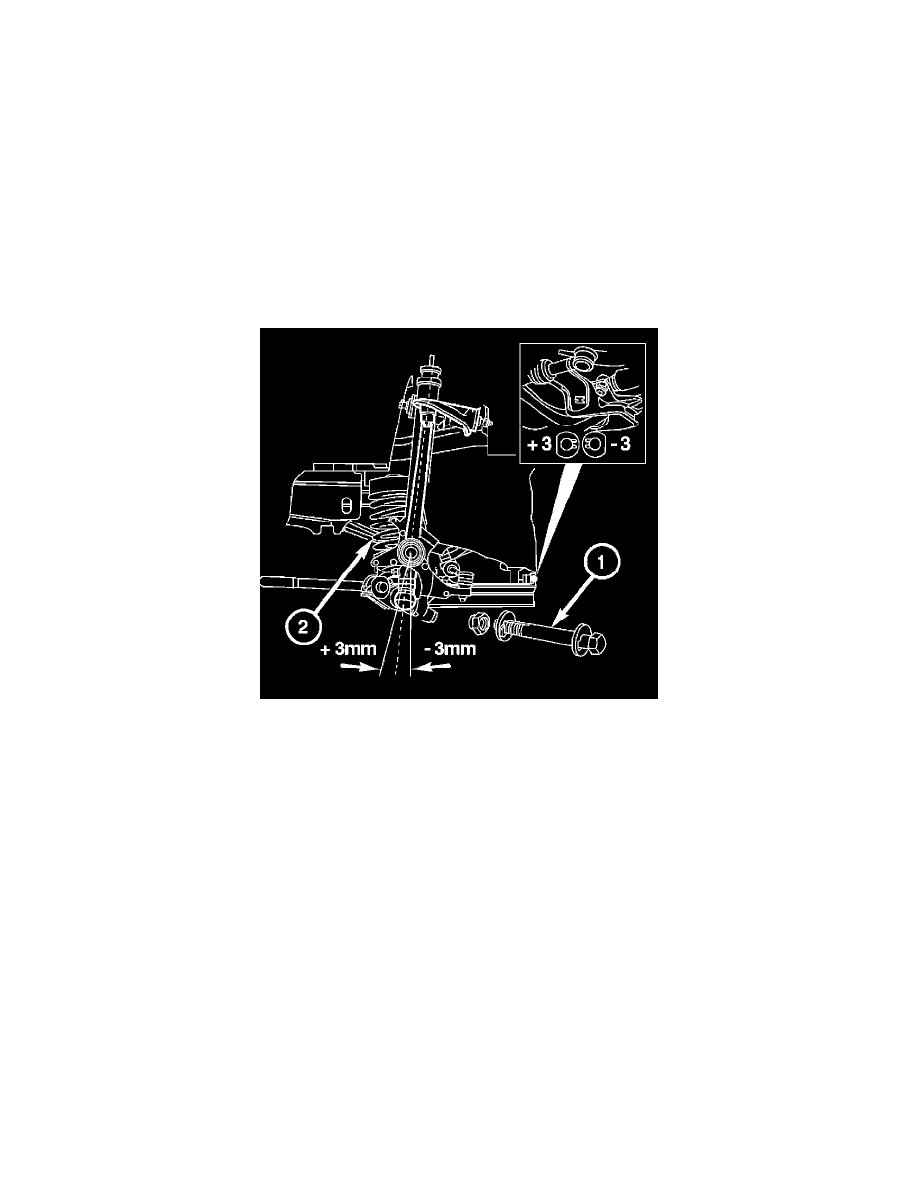Crossfire SRT-6 V6-3.2L SC VIN N (2005)

Alignment: Description and Operation
DESCRIPTION
CAUTION: Never attempt to modify suspension or steering components by heating or bending. Components attached with a nut and cotter pin must
be torqued to specification. Then if the slot in the nut does not line up with the cotter pin hole, tighten nut until it is aligned. Never loosen the nut to
align the cotter pin hole.
Note: Periodic lubrication of the front suspension/steering system components may be required. Rubber bushings must never be lubricated.
Wheel alignment involves the correct positioning of the wheels in relation to the vehicle. The positioning is accomplished through suspension and
steering linkage adjustments. An alignment is considered essential for efficient steering, good directional stability and to minimize tire wear. The most
important measurements of an alignment are caster, camber and toe position.
OPERATION
CASTER
Is the forward or rearward tilt of the steering knuckle from vertical. Tilting the top of the knuckle rearward provides positive caster. Tilting the top of
the knuckle forward provides negative caster. Caster is a directional stability angle. This angle enables the front wheels to return to a straight ahead
position after turns. (2) Indicates the spring location. (1) Is the repair bolt for adjusting caster.
-
+3 mm Range of adjustment ± 25 ' Caster.
CAMBER
